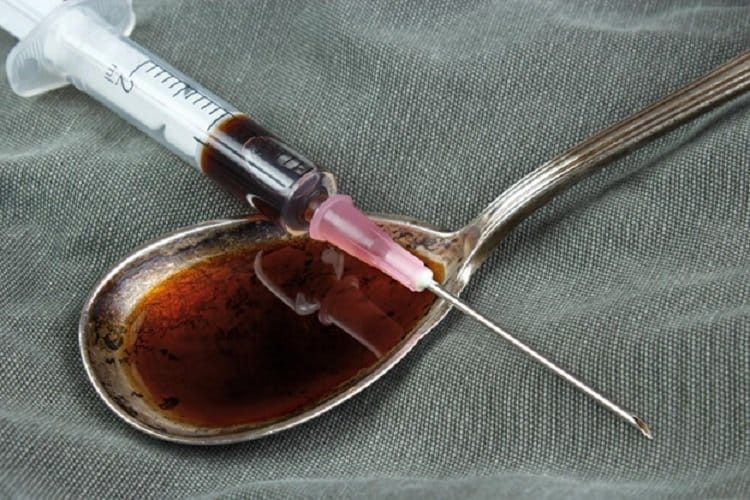Across the United States, and the globe, rates of heroin addiction and overdose continue to climb, costing the economy more than $20 billion each year. With more addicts entering emergency rooms and rehabilitation programs, the question becomes; why are people continuing to abuse this dangerous drug?
More than 115 people overdose on synthetic opioids every day. Opioid medications such as OxyContin and Vicodin have a high potential for abuse and dependence. Many people visit their doctor for a prescription to cure some form of physiological pain.
Over time, they develop a dependence on the drug, and when their doctor no longer prescribes them the medication, they turn to black market sources to obtain their fix. Being that black market opioid drugs are expensive, many turn to heroin as a cheaper means of satisfying their addiction.

Why is Heroin Addiction Increasing – The Fentanyl Connection
There is a global rise in overdose rates among heroin users. While the purity of heroin remains relatively consistent, street dealers are turning to opioid additives to increase the potency of their product. Fentanyl, a synthetic opioid compound used in animal tranquillisers is 1,000 times stronger than heroin.
Street dealers “cut” fentanyl into their heroin stash to increase the potency. However, many dealers do not understand the nature and effect of the compound. A single pin-head dose of fentanyl is enough to drive overdose in users. Dealers cut the fentanyl into their product, without any form of regulation.
Therefore, heroin mixed with fentanyl creates a stronger form of the street drug, which in turn, leads to higher rates of overdose in addicts.

Increasing Rates of Heroin Overdose
Heroin addicts are dropping like flies due to this potent form of heroin. Many addicts prefer fentanyl mixes with their heroin as they receive a stronger “high” when they use the drug. It’s typical for addicts that overdose to inspire other addicts to visit the dealer responsible for the overdose in the hopes of receiving a stronger product.
This results in higher rates of overdose, and deeper rates of addiction. Fentanyl has its origin in China, and a single kilogram of the drug has the potential to kill over a million people.
Why Chemical Treatment Doesn’t Work
Addicts that seek treatment to escape addiction often find that the therapy doesn’t work. Addiction therapy drugs such as Suboxone and Methadone carry a risk of abuse in themselves, creating further dependence issues for addicts. It’s common for addicts to leave treatment facilities addicted to both heroin and treatment drugs such as methadone and Suboxone.
Ibogaine – A Natural Treatment for Heroin Addiction
Despite the escalating levels of addition and inadequate treatment for chemical dependence, there is a natural therapy alternative for heroin and opioid addicts. Ibogaine is a traditional African medicine with use in formal and spiritual applications.
Ibogaine heroin therapy gives addicts the chance to leave their life of addiction behind them. However, the compound is illegal in the United States, with the FDA registering it as a schedule 1 drug, which is the same class as heroin.
This ironic situation leaves ibogaine therapists scratching their heads for a reason for the ban, as there is next to no recreational use of ibogaine. Addicts that wish to try ibogaine therapy must visit a therapy clinic in Mexico, or Europe to undergo the treatment.

